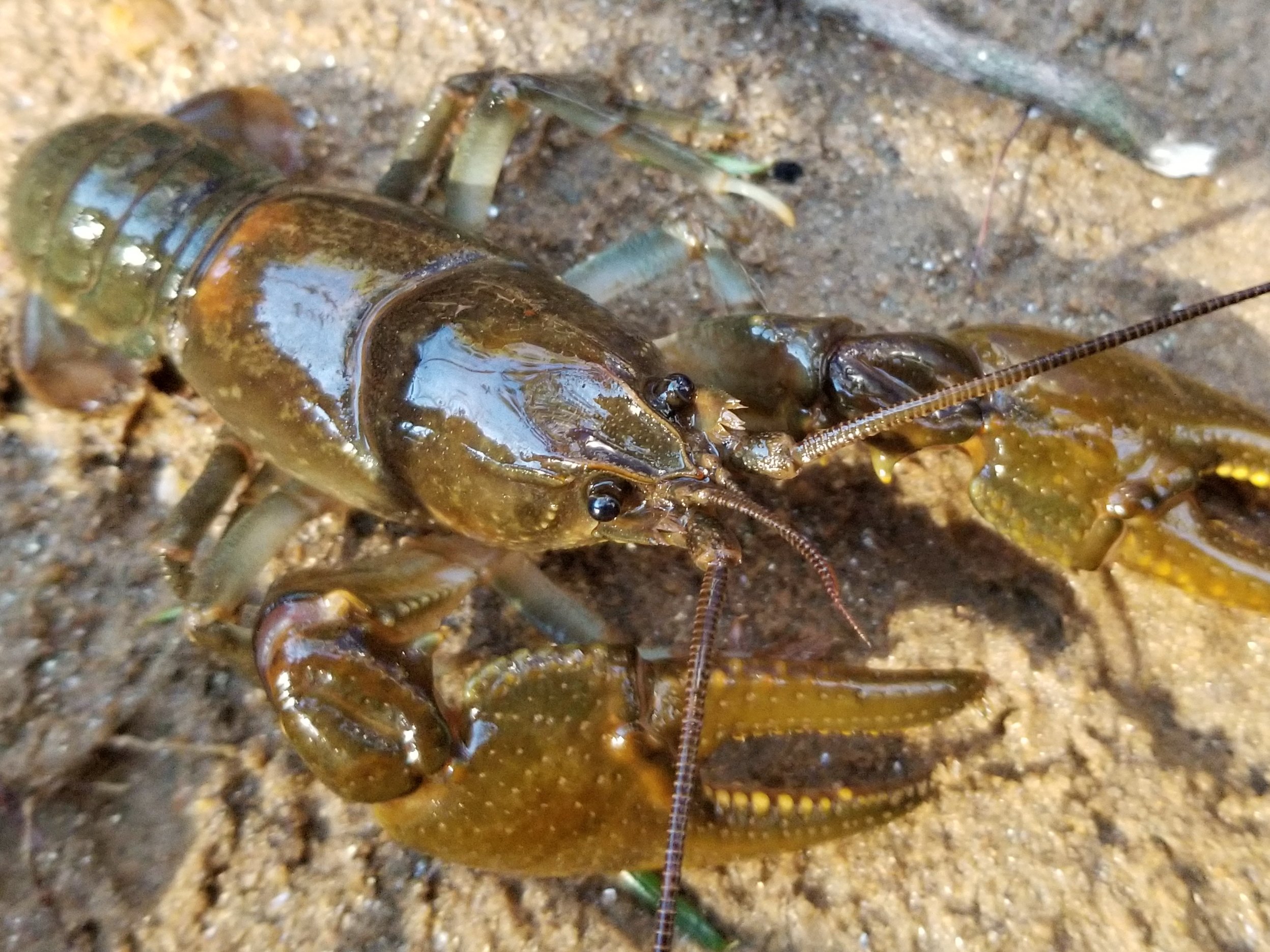
Naming a Species
Unseen and Unprotected: Many Aquatic Species Lack Recognition
Many species of fish, crayfish, and snails have lacked the experts to study, research, and describe them leaving them undescribed, meaning unnamed in common terms, scientifically. These are taxonomic groups that do not get the needed attention and have a declining interest for incoming college students. Unfortunately, undescribed species cannot be considered for Species of Greatest Conservation Need (SGCN) designation, or state listing, and oftentimes federal listing. Why? It is because they are not recognized in the scientific community as existing.
Unnamed = less funding
Additionally, species that are unnamed, have not been scientifically described and accepted through peer review also have less federal funding opportunities. Meaning donations given by individuals play an important role to support a focus on these species.
Improving Water Conditions?
New un-named mussel has been discovered and has been providing valuable aquatic eco-system support all along!
Discovery of an unknown species is exciting and full of intrigue because there is a mystery to be solved!
This mussel was found in the western part of the state. What biologist at the NC Wildlife Resources Commission can say is that this mussel has not been identified in the state of NC before. Discovering mussel’s in new areas means great news for that water resource. The presence of mussels in a river or stream bed is an example of water quality improvement! Mussel’s are living filtration systems for our water eco-systems that provide substantial impact that affects all of the wildlife and plant resources dependent on water.
We Have Two New Crayfish!
The new, un-described crayfish, is being called Falls Crayfish, and needs our help to protect them as well as study this new occurrence.
Not to be suprised, however, the NC Wildlife Resources Commission’s aquatic diversity biologist have also uncovered two new species of crayfish.
You may also know them as “crawdaddy’s”. Crayfish have a similar appearance to a lobster. Crayfish serve as important links in the food chain, feeding on living and dead plants, other invertebrates, and fish. They are a primary food source for fish (bass), water birds (herons), mammals (raccoons), and others. In fact, over 240 species of wild animals eat crayfish.
New Crayfish - Stoney Fork Crayfish
New and un-named species have no protections or specific funding for conservation efforts targeted at these valuable species.



